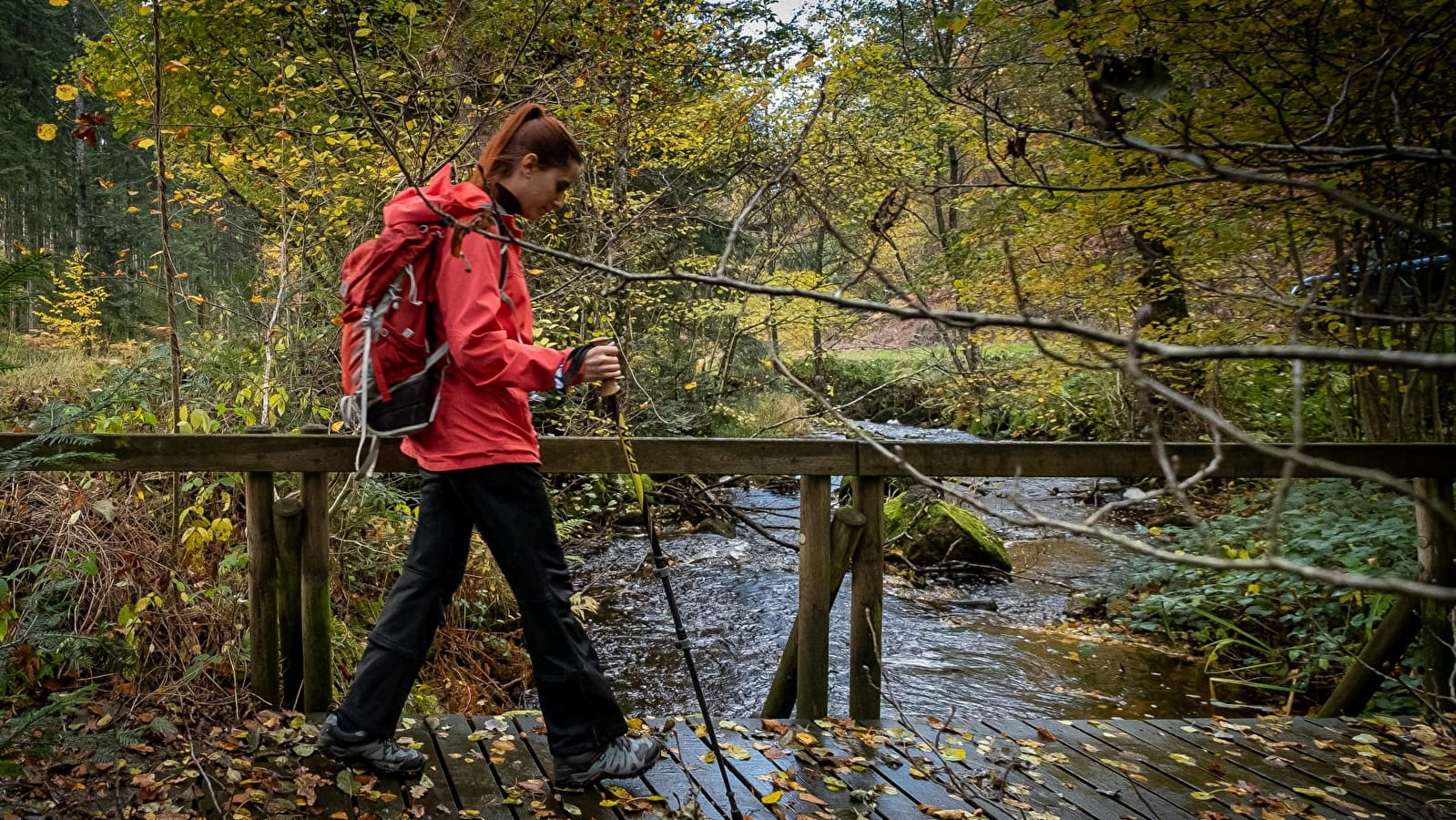
Pont de Saulieu
Follow in the footsteps of the ancient Roman road and then the royal road from Saulieu to Corbigny.
Your tour begins at the foot of Ste Amélie church, a gift to the local residents from the mayor of the time, Marie-Augustin-Xavier Feuillet, a former naval officer and privateer under Napoleon. Construction took 7 years (1844-1851). Dun-les-Places, a martyred village during the Second World War, suffered three days of terror between 26 and 28 June 1944. A monument is dedicated to the 27 victims of those dark days and the Dun memorial recounts those tragic events.
You then walk to the Saulieu bridge, with its footbridge over the river. This path is actually the old Roman road and then the royal road from Saulieu to Corbigny. You will then follow the Cure for almost 3km. This sensational river for white-water sports also played a major role in transporting firewood to Paris for three centuries, from the mid-16th to the mid-19th century. On your left is the river, and on your right is the Breuil-Chenue state forest, home to a large granite quarry, the stones from which were used to build the church at Dun-les-Places and the dam at Lac des Settons.
